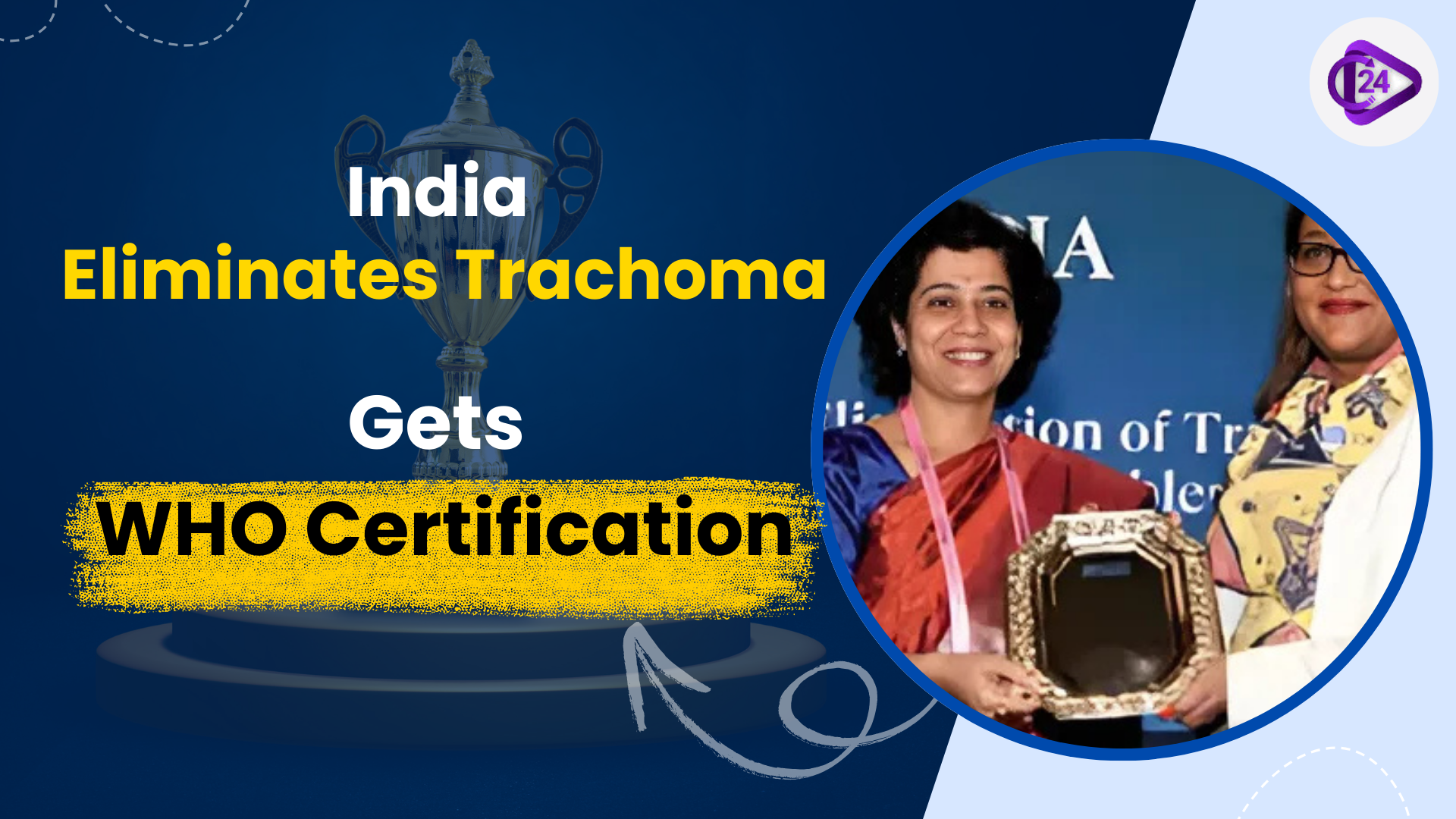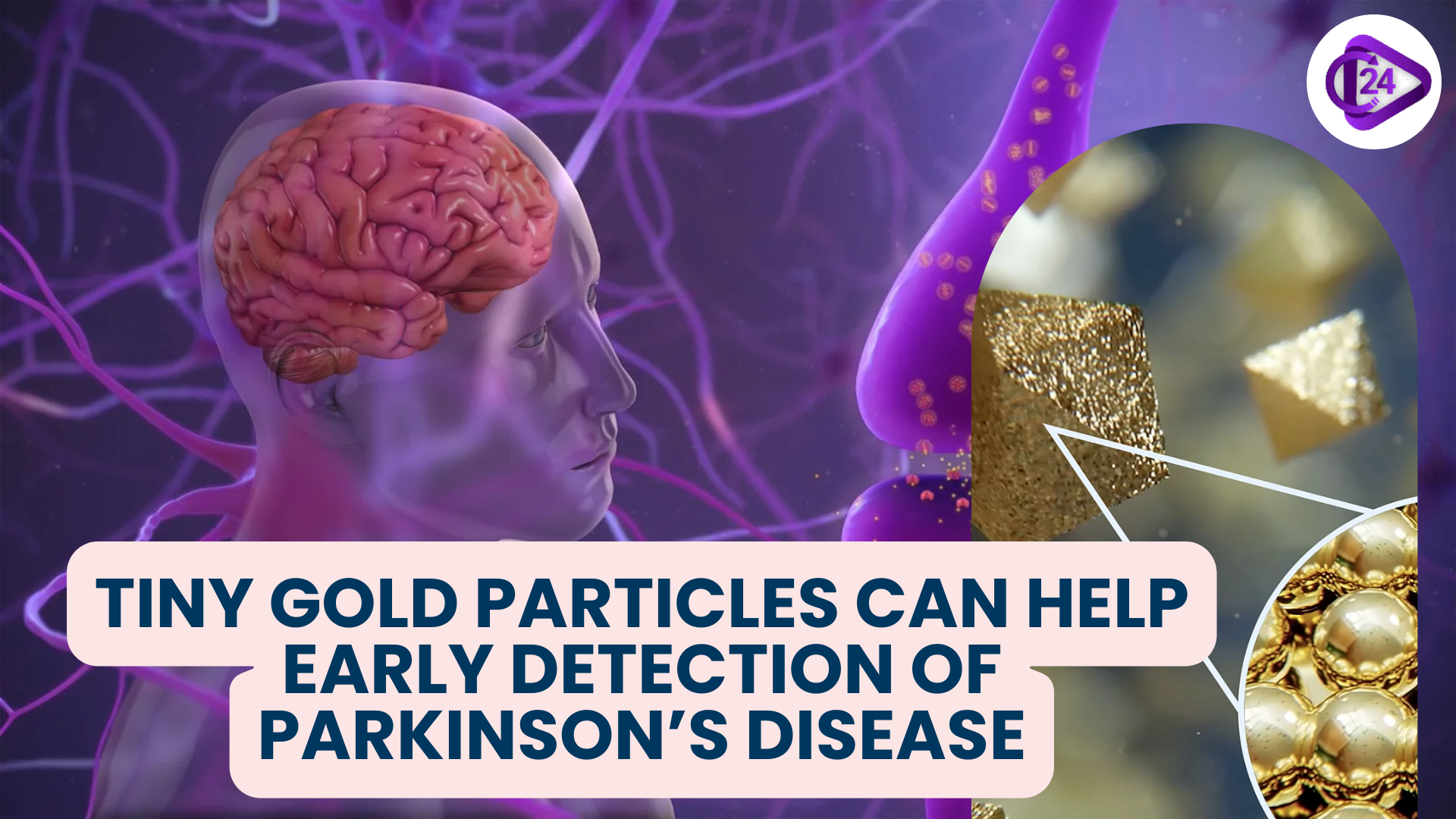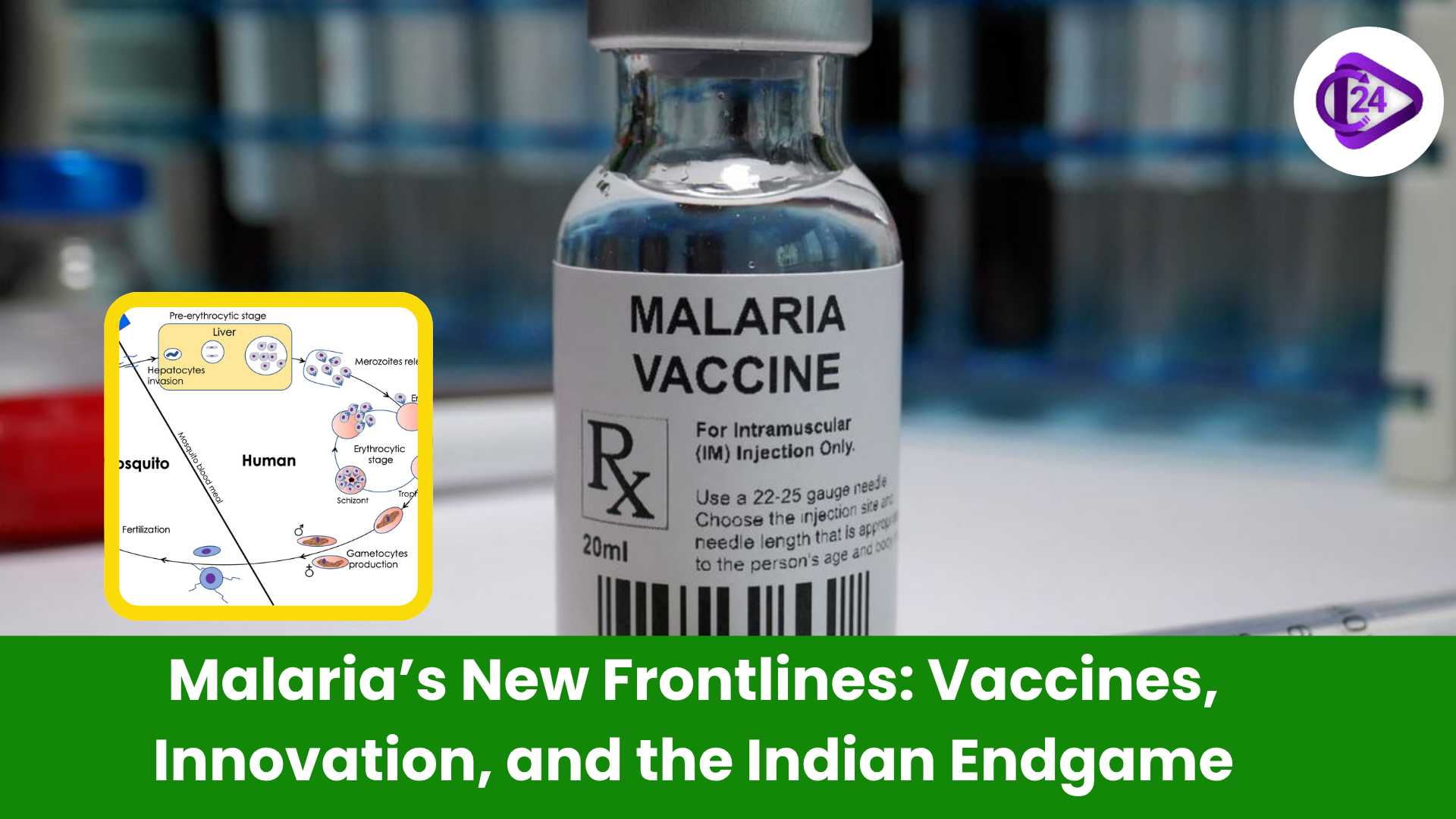
At the recent 78th World Health Assembly, India was given the WHO Certificate of Elimination of Trachoma as a Public Health Problem. As a result, India joins Nepal and Myanmar as the third country in the WHO South-East Asia Region not affected by trachoma. Blindness control and procedures were put into place over the years using the National Programme for Control of Blindness and Visual Impairment (NPCBVI), which included a comprehensive National Trichiasis Survey. Reaching a milestone in vaccines allows us to celebrate a win against a disease responsible for preventable blindness.
Context
-
According to WHO, India has met the criteria to declare trachoma as no longer a public health issue, much like Nepal and Myanmar have already done in the region.
-
This outcome is a result of reliable efforts in supervising, caring for, and cleaning up affected areas.
Key Points
What is Trachoma?
-
This bacterial eye disease is transmitted by Chlamydia trachomatis and is contagious.
-
The virus spreads when infected eye or nose discharge lands on your hands, clothes, bedding or is brought in by flies.
-
In endemic areas, children carry and can spread the infection.
Global Burden:
-
In 38 nations, trachoma leads to significant visual impairment or blindness for 1.9 million people globally.
-
During 2023, global health services carried out 130,000 surgical procedures and treated patients with antibiotics in almost 33 million cases.
-
Countries such as Papua New Guinea and Mauritania now have confirmation from WHO that their elimination of malaria is complete.
India’s Journey:
-
The NPCBVI started providing document surveillance in 2019.
-
The 200 Districts of National Trichiasis Survey was carried out between 2021 and 2024.
-
In October 2023, trachoma was no longer considered a problem in the country and it received WHO’s certification in May 2025.
Symptoms of trachoma
-
Initially: Red eyes, visible discharge, painful eyes and sensitivity to light.
-
When trachomatous trichiasis occurs, the eyelashes drag over the cornea, develop layers of scar tissue and cause someone to go blind.
-
Women are more likely to be affected by the challenges caused by caregiving.
Transmission and risk factors
-
Being in cramped quarters and having lots of people around increases your chances of getting COVID-19.
-
A lack of cleanliness, drinking water and sanitation helps bacteria to thrive and spread.
-
Preschool kids are likely to pick up and pass along viruses.
-
They carry germs in areas that are not clean enough.
Global Goal 2030
-
Trachoma is common mostly in Africa, South Asia, Latin America, Australia and the Middle East.
-
India, China, Nepal, Pakistan, Iran, Morocco and Vietnam are among the 21 countries recognized by WHO for destroying trachoma.
Conclusion:
India’s certification for eliminating trachoma as a public health problem is a major success in public health that shows the value of ongoing work in surveillance, finding patients and cleaning facilities. As a result, we know that combining health programs and boosting hygiene infrastructure plays a key role in preventing infectious diseases. We need to keep these measures in place to avoid another outbreak and protect countless people from sight loss.



 World’s 1st Functioning AI-designed Viral Genome
World’s 1st Functioning AI-designed Viral Genome AI-led Efficiencies Could Contribute to 8% GDP Growth Target: NITI Aayog
AI-led Efficiencies Could Contribute to 8% GDP Growth Target: NITI Aayog India Projects Five-fold Growth in Space Economy to $44 Billion by 2033
India Projects Five-fold Growth in Space Economy to $44 Billion by 2033 Ministry of Tribal Affairs to Launch the Beta Version of “Adi Vaani”
Ministry of Tribal Affairs to Launch the Beta Version of “Adi Vaani” UNGA Launches Two New Initiatives to Strengthen Global Cooperation on AI Governance
UNGA Launches Two New Initiatives to Strengthen Global Cooperation on AI Governance ISRO holds Air Drop Test for Gaganyaan Mission
ISRO holds Air Drop Test for Gaganyaan Mission Tiny Gold Particles can help early detection of Parkinson’s Disease
Tiny Gold Particles can help early detection of Parkinson’s Disease National Space Day 2025 Celebrated Across India
National Space Day 2025 Celebrated Across India Malaria’s New Frontlines: Vaccines, Innovation, and the Indian Endgame
Malaria’s New Frontlines: Vaccines, Innovation, and the Indian Endgame India-NASA Earth Observation Partnership: NISAR Satellite Launch
India-NASA Earth Observation Partnership: NISAR Satellite Launch






